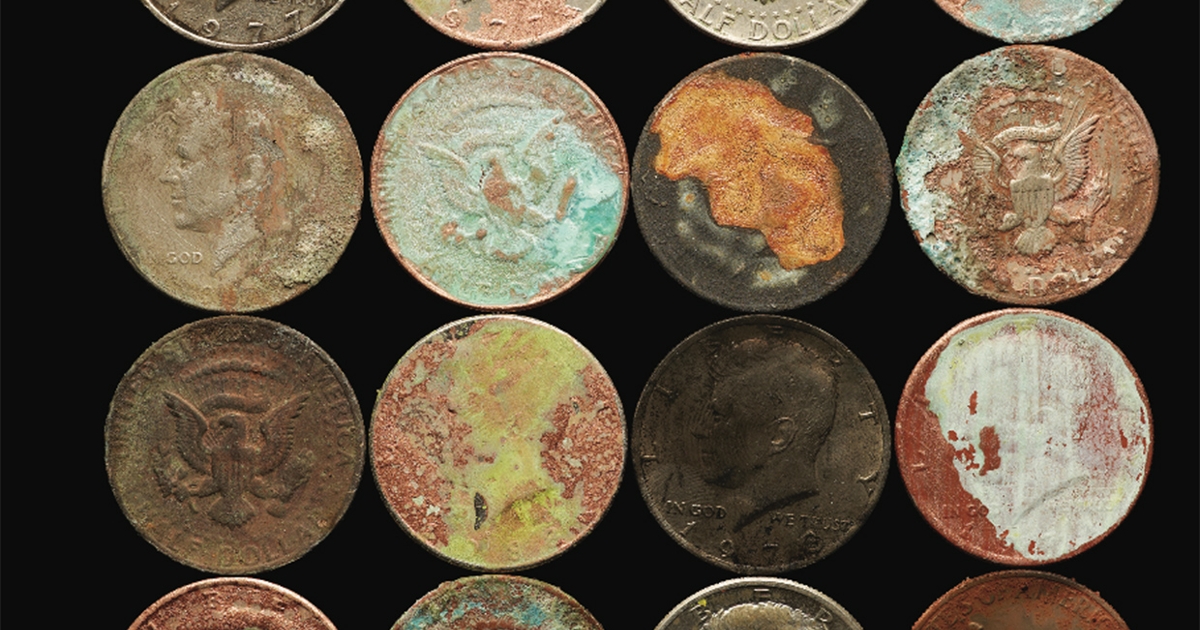When Harcourt Fuller was about 9 years of age, he discovered a budget invisible underneath his neighbor’s cellar in Jamaica. Inside were a couple of old banknotes, but there was one that caught his attention: a half-money from the Bank of Jamaica featuring an image of Marcus Garvey, a Black colored nationalist, Pan-Africanist and Jamaica’s initial federal hero. It was the very first time Larger experienced seen a Dark particular person on foreign currency.
“I went to the first grownup which i saw to exhibit them my finding,” he says. “That was the last time I saw the wallet, but it got me wondering, who were these individuals that I was seeing on the money? ”
Afterwards, as being a youngster inside the Bronx, Bigger would invest his extra money on banknotes from Latin America as well as the Caribbean and Africa, the Middle Eastern side, Asia and Europe, at some point accumulating a huge number of expenses. He started having to pay near attention to the figures, events and places represented on foreign currency, studying the way that they relevant to the background and beliefs from the countries issuing the information.
“If you peer at Haitian lender notes, you see that the Haitian Trend could very well be their proudest moment, when this formerly enslaved French nest beaten its slave learn,” claims Bigger, relate professor of historical past. “In Wonderful Britain, you see the queen. Finances are where we celebrate our most adored individuals or accounts.”
Fuller started exhibiting his collection of bills at local colleges and banks in New York City, giving talks about his research, as an undergraduate at City College. Following graduating with levels in international studies and history, he enrolled with the London University of Business economics, exactly where he authored his dissertation how Ghana’s initially leader utilized symbols of nationhood – which includes monuments, the flag, the stamps, anthem and money – to develop countrywide personality and consolidate their own political energy.
If dollars utilizes iconography to telegraph what nations around the world maintain important, it also reveals, by virtue of absence, precisely what is deemed unimportant.
“What does that say about who we believe has created important efforts to our own land? ” Fuller affirms. “We’re so used to it that we overlook it, but it makes a statement.”
In 2015, when U.S. Treasury Secretary Jack Lew suggested redesigning the $20 bill to attribute Harriet Tubman, a formerly enslaved girl and abolitionist, Larger was hit through the ensuing debate.
“People were shocked by the idea of a banknote with a Black woman on it,” he says, but he knew Black people and women were represented on the currencies of many nations.
Bigger chosen to airborne dirt and dust off of his selection of lender remarks for community display. He worked with designer Irvin Wheeler, curator Tracy Murrell and Myrna Anderson-Larger, former management director from the Hammonds Property Museum, and others, to develop an exhibition that looked into funds like a visual example of Dark culture and history. The Black colored Money Show was offered with the Auburn Avenue Study Library from Nov 2018 through February 2019.
The Black colored Dollars Display was authorized in 2019 within the United Nations’ International Several years for folks of African Descent, which operates by means of 2024 being a persistence for the international combat with racism. Bigger and also the convention crew are raising dollars to trip the show nationally and internationally starting in 2021. For the time being, a portion of the show has become available on the web like an internet experience.
Fuller’s investigation continues to the methods of currency exchange intersects with history and representation. He was awarded a Fulbright Scholarship in 2018 to learn Queen Nanny of the Maroons, an 18th-century Jamaican military leader who fought in opposition to and overcome the British, which is portrayed in the Jamaican $500 costs. He states individuals shouldn’t lower price the impression funds foliage on our federal consciousness.
“Money is one of the most – if not the most – popular instruments of mass media,” Fuller says. “Not everyone throughout modern day record has had entry to standard mass media, for example classifieds, Television, or fm radio. But everybody will come in contact with funds, no matter how much or little from it we certainly have. It’s in your wallets and our wallets, but we do not generally think about how it’s made the decision (and who chooses) which individuals and narratives are introduced as being the official representations of our nation’s the people and history facts we hold to become personal-apparent.”
